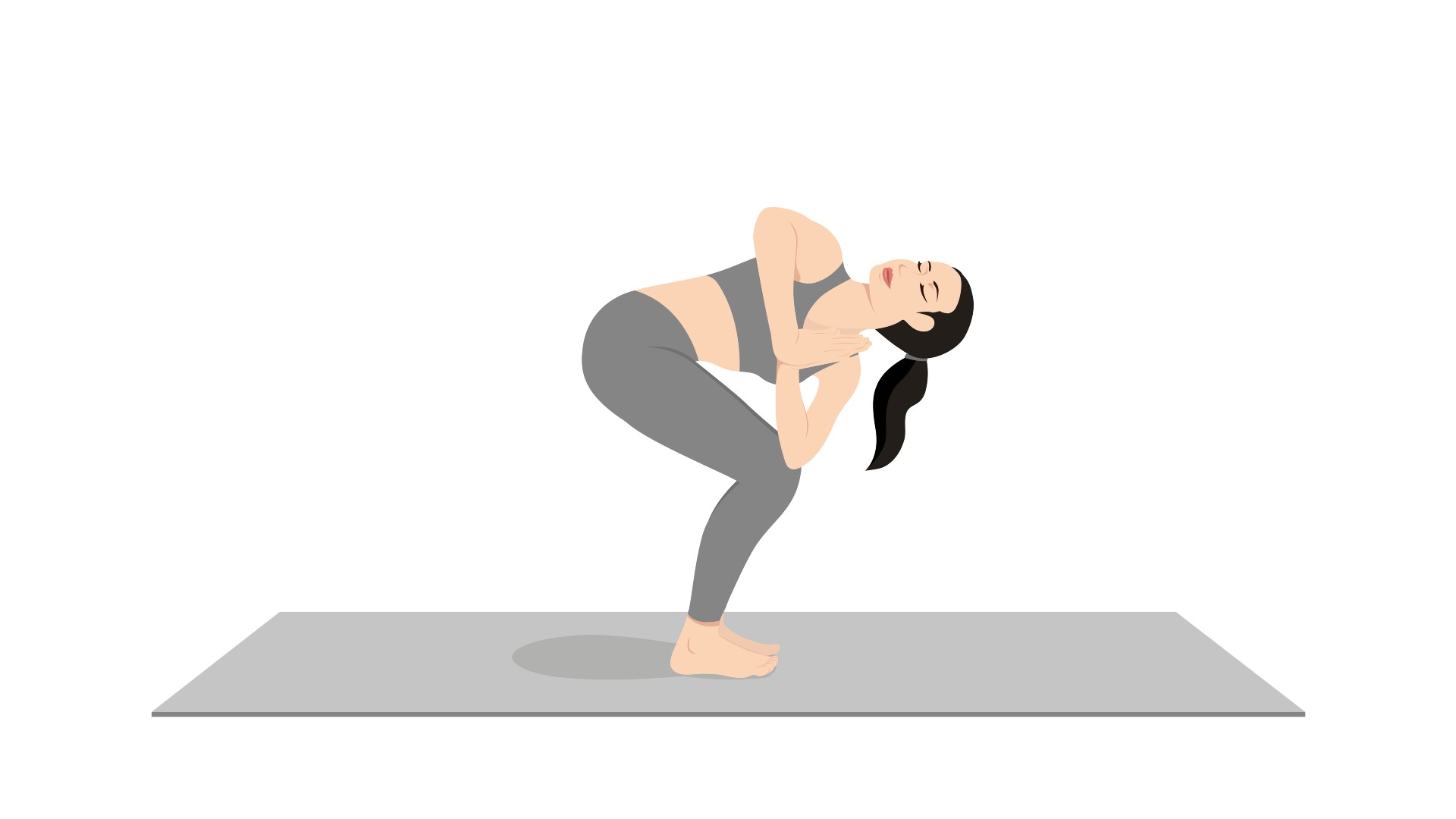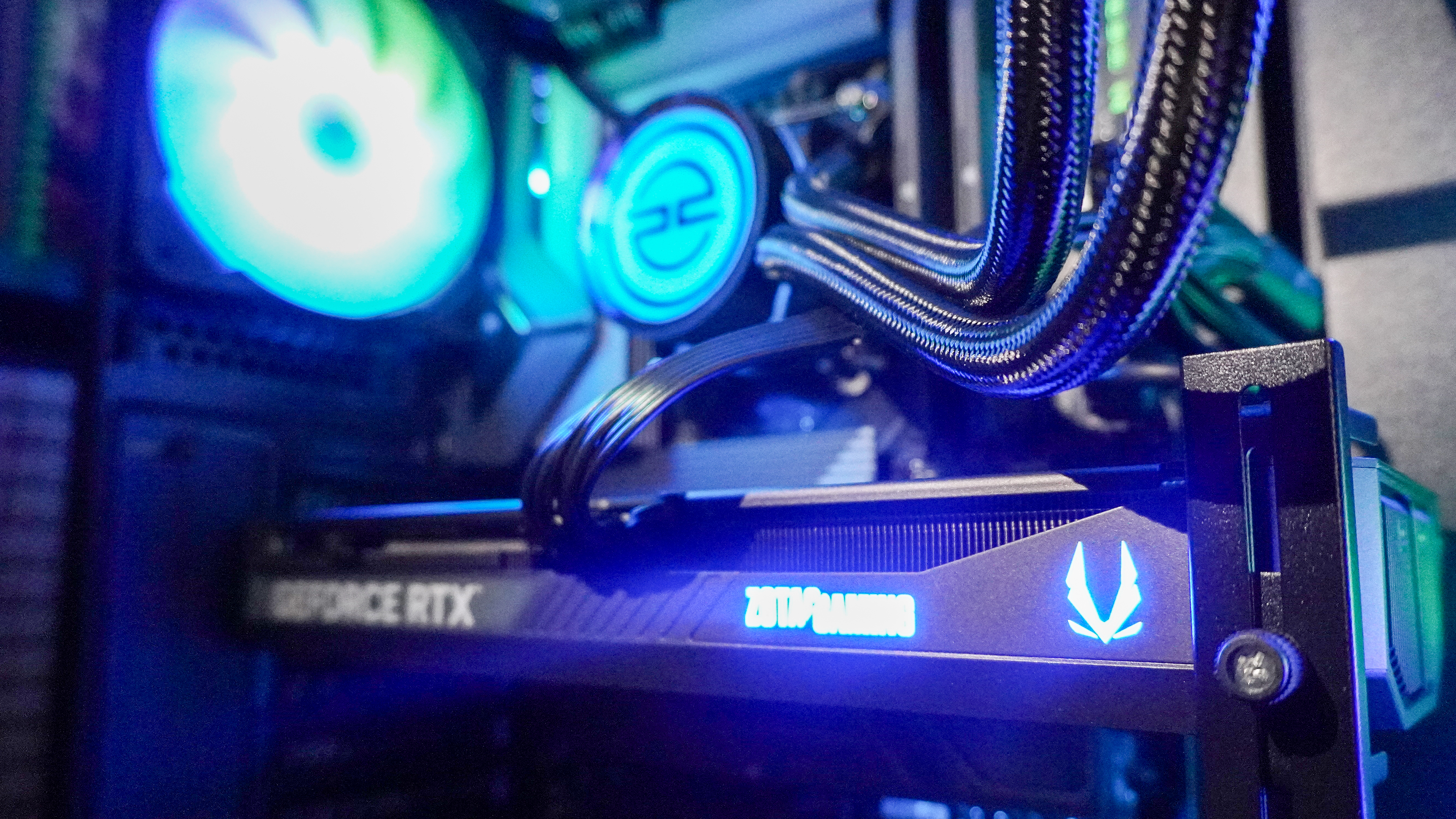
Hit your core muscles hard, including your abs and obliques, using these three standing ab exercises with or without weights. Here’s how to make just three ab moves pack a punch for your core training.
You can hold the best adjustable dumbbells or a kettlebell, or stick to using your body weight. However you approach it, build a stronger core with an ab workout that lasts under 20 minutes and without the hassle of gym equipment.
If you’re a beginner, consider using a light weight and focus on form and movement patterns before progressively adding weight.

It's also worth a quick reminder that how much ab muscle definition you can develop will depend on a variety of factors. Genetics play a role, along with lifestyle decisions around sleep, stress and diet (some more controllable than others) and how regularly you exercise. A consistent resistance training regime and plenty of movement throughout the day (walking or taking the stairs, for example), in conjunction with the factors above, can help improve your chances.
Just remember, building midsection muscle is a process. I'm a fitness trainer and I don't own a six-pack. But there are plenty of other reasons to train your core aside from aesthetics, so here's how to hit those muscles hard in three moves.
Forget sit-ups — what is the 3-move dumbbell standing ab workout?
If your core goals include sculpting ab definition and carving out those obliques, add exercises that hit the muscles responsible for definition. That includes flexion and extension of your torso (think sit-ups) to target the abs and twisting motions like Russian twists to smack the obliques. Thankfully, if you have limited mobility or don’t want to get down on the floor, these moves are best done standing.
E2MOM x 5-6 rounds
Sign up to get the BEST of Tom's Guide direct to your inbox.
Get instant access to breaking news, the hottest reviews, great deals and helpful tips.
Prisoner squat crunches x 10-20 reps
Standing alternating V-ups x 10-20 reps
Twisted chair pose x 10-20 reps
Complete the set number of reps per exercise within 2 minutes. Start with 10-20 reps of prisoner squat crunches, then move straight to the standing V-ups, followed by the twisted chair pose.
Rest for the remaining time, then at the 2-minute marker, start from the top and repeat. You’ll work every 2 minutes for 5-6 rounds. Increase the rounds for a longer ab workout. Reps are guidelines only. Increase or decrease as necessary, but try to finish with no more than 20-30 seconds left on the timer before the next round. Here’s a quick run-through of the ab exercises.
1. Prisoner squat crunches
Place your hands behind your head to help activate the upper body and make bodyweight squats more challenging. Pull your shoulder blades together and open your chest without allowing the elbows to draw together. From this standing position, lower into a squat, then tap your left elbow toward your left knee and repeat on the right side. If you prefer, tap your left elbow toward your right knee to add a twist. Hold a dumbbell in each hand to progress the move.
2. Standing alternating V-ups
Humble V-ups can be done standing up, which is great news if you can’t lie on your back. Start standing with arms extended overhead, then lift one leg into the air in front of you and reach both hands to touch your foot. Place your foot back down and move back to the starting position, then repeat with the other leg. If you need to scale back, bend your knee as you lift your leg. For an extra challenge, hold a dumbbell in each hand.
3. Twisted chair pose

Chair pose, known as Utkatasana in yoga, is often dreaded for its leg-torching capabilities. Sitting in any squat position with your arms overhead also tests shoulder mobility and flexibility in the back muscles. Ground through your feet and keep your heels down, then drive your bum toward the floor and press your hands together in front of your chest, elbows bent.
Hook your left elbow to the outside of your right knee, give it a quick tap, then twist to the opposite side and repeat. Keep your chest lifted and knees bent throughout. Hold two dumbbells together to progress further.
What we like about the 3 standing ab exercises
Looking at these exercises and thinking — easy? We promise this ab workout is far more challenging than meets the eye.
While performing these compound exercises, focus on squeezing your stomach as if bracing for the impact of a punch. Move with control and slightly slow each exercise down to feel your muscles working through a full range of motion (a technique called time under tension). If that means cutting back on the reps or sets, no problem.
Various other muscle groups are at play during these ab exercises, including deeper core muscles like the erector spinae and transverse abdominis and your hip flexors, which act as stabilizers. These moves also activate your back, shoulders, chest, arms and legs to facilitate the exercises, so remember to give a healthy squeeze to as many muscles as you can — this is called compound contraction and helps keep the correct muscles active.
There’s also plenty to love about a workout that keeps you accountable. A time cap is a great way to concentrate your efforts, but remember to reduce your reps if you struggle for time rather than rushing and compromising your form
More from Tom's Guide

Sam Hopes is a level 3 qualified trainer, level 2 reiki practitioner and senior fitness writer at Tom's Guide. She is also currently undertaking her Yoga For Athletes training course. Sam has written for various fitness brands and websites over the years and has experience across brands at Future such as Live Science, Fit&Well, Coach, and T3.
Having worked with fitness studios like F45 and Virgin Active, Sam now primarily teaches outdoor bootcamps, bodyweight, calisthenics and kettlebells. She also coaches mobility and stretching-focused classes several times a week and believes that true strength comes from a holistic approach to training your body.
Sam has completed two mixed doubles Hyrox competitions in London and the Netherlands and finished her first doubles attempt in 1:11.
